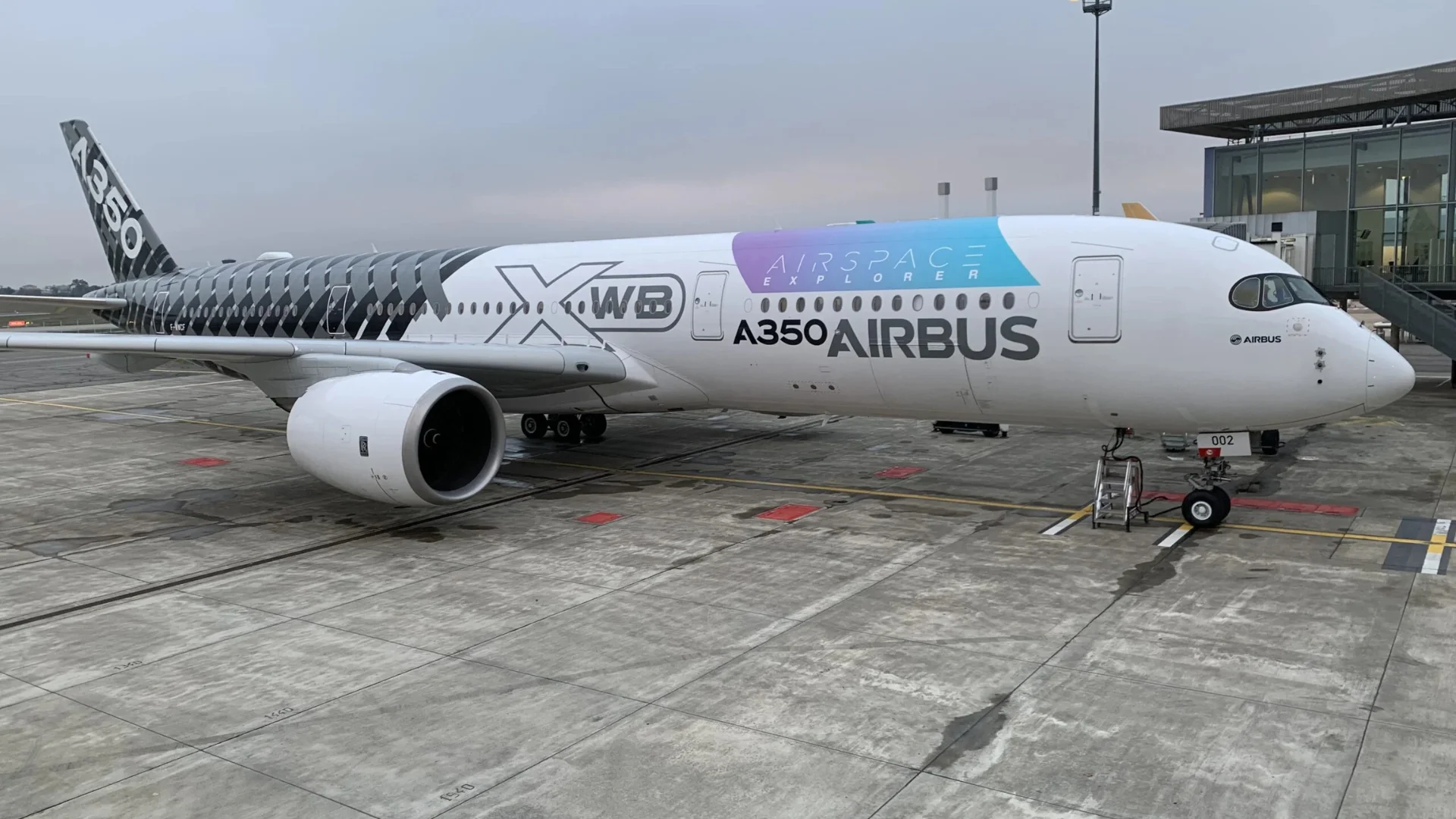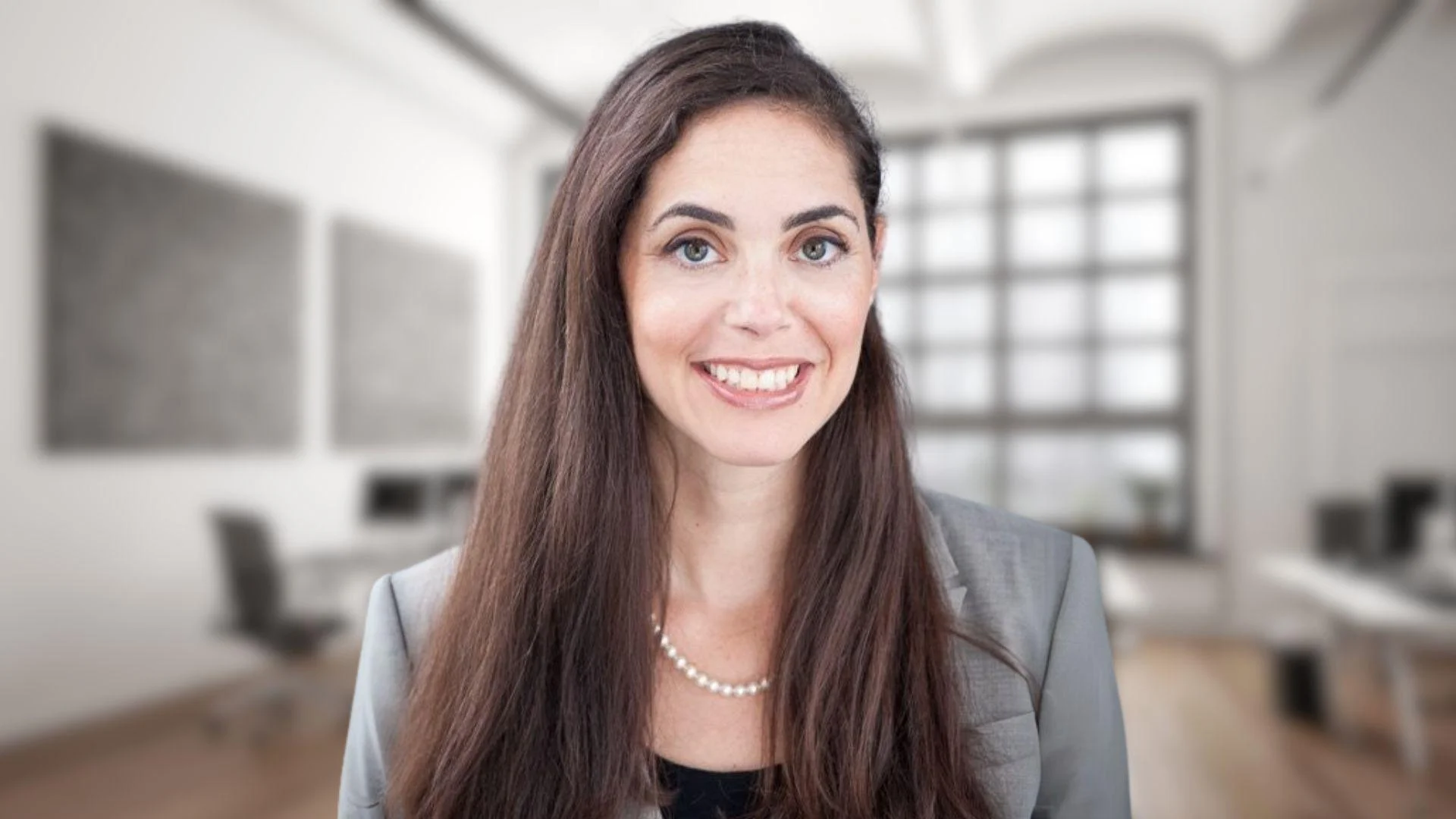The flight deck of the A350 is considered among the most advanced available. It offers features such as Heads-Up Display (HUD), interchangeable screens for easier maintenance and reduced costs, and improved situational awareness through consistent trajectory information across HUD and Primary Flight Display (PFD). Airbus says its design involved both its own pilots and input from non-Airbus airline pilots.
Singapore Airlines played a significant role in the program as a launch customer for the A350-900ULR variant and now operates 65 A350s. Captain Gerard Yeap, Senior Vice President of Flight Operations at Singapore Airlines, said after testing the cockpit: "I guess the greatest compliment to Airbus is that I feel very at home stepping into this cockpit. It handles and it feels and it looks like another Airbus."
Training requirements for pilots transitioning from other Airbus models to the A350 are described as minimal due to similarities in cockpit layout and technology integration.
Touchscreen technology has been present in other industries since the early 2000s but took longer to reach commercial aviation due to strict safety requirements. Jean-Noël Perbet of Thales explained: "We had actually developed the first touchscreen displays for the Rafale fighter aircraft back in the 1990s. As soon as the technology evolved and become widely available, it was ready for prime time exposure in commercial aviation.” He added: “Thanks to touchscreen interaction, we’re communicating with the object itself. Touchscreen interaction revolves around touch, obviously, but sight also plays a key role in optimizing eye-hand coordination. Ultimately, the technology offers a much more natural and intuitive way of interacting with the system.”
There have been mixed reactions within pilot communities regarding touchscreen adoption. Some express concerns about increased distraction from too much visible information; others point out that enhanced access to data supports safer operations.
The A350 has seen strong demand globally but experienced some order cancellations—such as Etihad Airways reducing its commitment—which may have reflected financial pressures rather than dissatisfaction with aircraft features.
Overall, industry observers note that while new technologies can introduce complexity or require additional training, benefits such as safety improvements and intuitive controls often justify their gradual introduction into commercial fleets.
 Alerts Sign-up
Alerts Sign-up





































